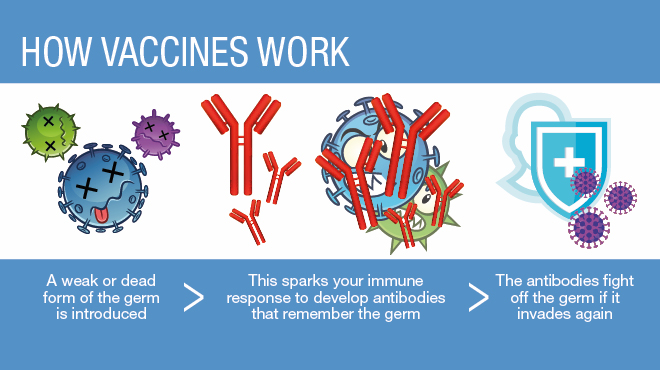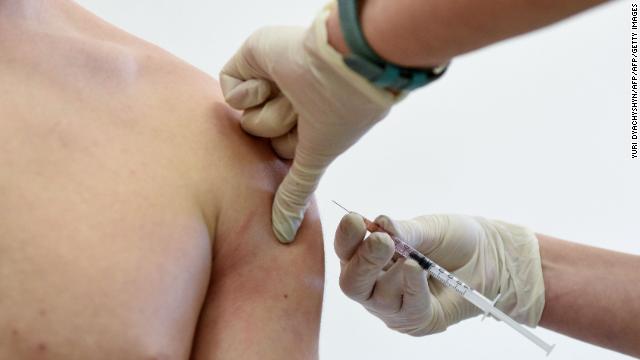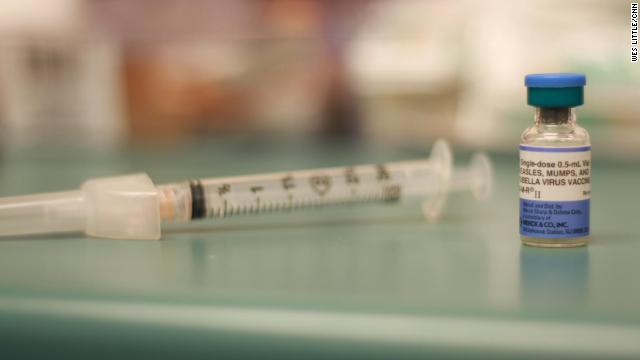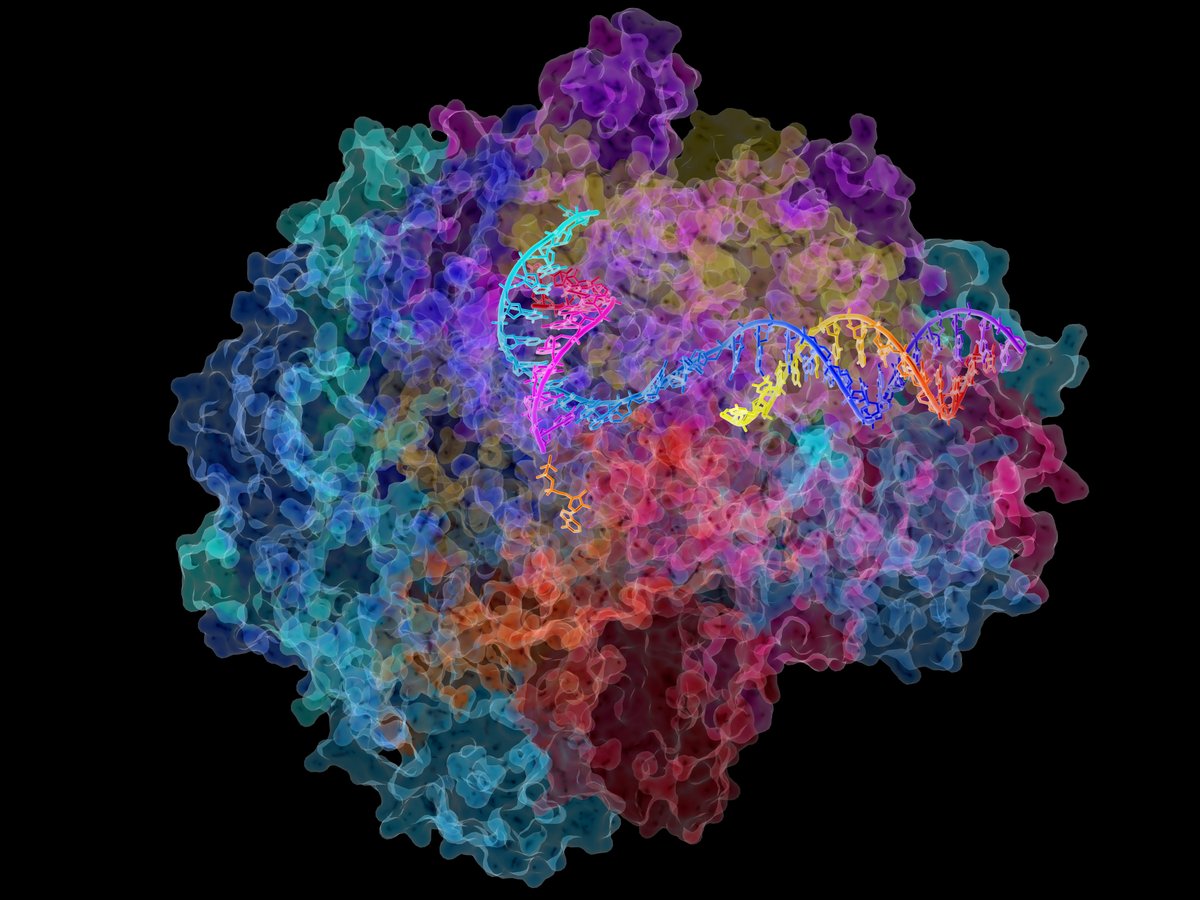The @WHO recently announced that there are at least six Covid-19 vaccines in clinical trials. That’s encouraging, but these trials normally take years or decades to complete. We’ll go into more detail about why below… (1/20)
Social distancing helps in the fight against Covid-19, but the holy grail is a vaccine. In the 20th century, vaccinations have drastically reduced the prevalence of dozens of diseases worldwide. (2/20)
But how do they work? Vaccines prime our immune system to attack a particular virus or bacteria that it hasn’t encountered yet in nature. They do this by presenting weakened or dead copies of the pathogen to the cells that make up our immune system. (3/20)
These immune cells, like T-cells and B-cells, then learn to recognize and destroy these pathogens in the future using antibodies and other mechanisms. (4/20)
https://www.mayoclinichealthsystem.org/hometown-health/speaking-of-health/top-5-faq-about-vaccines">https://www.mayoclinichealthsystem.org/hometown-...
https://www.mayoclinichealthsystem.org/hometown-health/speaking-of-health/top-5-faq-about-vaccines">https://www.mayoclinichealthsystem.org/hometown-...
Fun fact: the word “vaccine” actually comes from the word “vacca,” or “cow,” in Latin. Around 1800, scientists began to “vaccinate” people against smallpox by injecting them with lymph and pus from cows that had a related virus, cowpox. (5/20)
A big step in US vaccine regulations occurred in 1944, when FDR pleaded for a victory against polio. This led to new vaccine manufacturing protocols as part of the U.S. Public Service Act of 1944. (6/20)
One of the most successful vaccine campaigns in the US targeted the measles virus. The measles vaccine was first available in the United States in 1963. Over the next 12 years, nearly 19 million doses would be administered across the United States. (7/20)
Today, there are a lot of different kinds of vaccines, and not all vaccines are created equal. (8/20)
Some -- like the MMR we receive as children -- include weakened forms of a virus or bacteria that do not cause disease but prime the immune system to attack it in the future. (9/20)
Others, like the pertussis vaccine, only include proteins present on the surface of the pathogen. These types of vaccines are not always as effective in the long-term and boosters are often necessary. (10/20)
Vaccine development is normally a very long process and includes at least three phases. The first and second evaluate for safety and efficacy using a small number of volunteers. The third looks at side effects on a larger scale involving tens of thousands of people. (11/20)
Right now, researchers hope to develop a Covid-19 vaccine in the next 1-2 years. But there isn’t a precedent for such a short approval process. The fastest approval to date -- for the mumps vaccine -- took four years. (12/20)
Right now, there is a push to expedite a Covid-19 vaccine. But we need to be cautious. In 1976, President Ford tried to expedite a swine flu vaccine and ~450 people developed Guillain-Barré syndrome, a rare neurological disorder. (13/20)
Hope for a speedy yet safe Covid-19 vaccine now lies with a new technology: RNA vaccines. These vaccines are thought to be faster and easier to develop than other types. (14/20)
Unlike a normal vaccine, RNA vaccines work by introducing an mRNA messenger molecule that codes for a protein expressed on the surface of the virus or bacteria. (15/20)
According to Dr. Amesh Adalja: “There is no precedent yet for [RNA vaccines] being approved for use and, and we don& #39;t know everything about them in terms of how they& #39;re going to behave in large numbers of people and what the side effect profile they might be.” (16/20)
So far, research into RNA vaccines appears promising. In 2016, an RNA vaccine produced a robust immune response to Ebola, H1N1 influenza, and toxoplasma. (17/20) https://www.pnas.org/content/113/29/E4133">https://www.pnas.org/content/1...
According to the @MilkenInstitute , 30 RNA vaccines for COVID are currently in the trial or pretrial phases. That’s about 1/3rd of all COVID vaccines in development (18/20)
One RNA vaccine, called mRNA-1273, is currently being investigated by the U.S. biotech firm Moderna.
Dr. Anthony Fauci recently told CNN that a clinical trial could start by the end of April. (19/20)
Dr. Anthony Fauci recently told CNN that a clinical trial could start by the end of April. (19/20)
Now, meet one brave man: 31-year-old Emory medical student and Ph.D. candidate Sean Doyle. Sean is a volunteer in one of the Covid-19 vaccine trials in Atlanta, putting his life at risk for the benefit of the greater good. (20/20) https://cnn.it/2KwPqOG ">https://cnn.it/2KwPqOG&q...

 Read on Twitter
Read on Twitter





